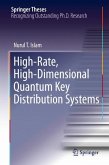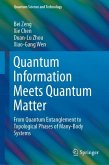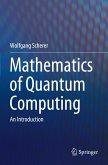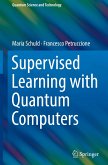In the last several decades, the quantum Hall effect has provided a remarkable platform for manipulating one-dimensional electronic modes and investigating fundamental physical phenomena. However, certain limitations make it difficult for various kinds of interesting modes structures to be formed using this platform. One example is the so called helical mode structure, in which two one-dimensional, counter propagating modes have opposite spins and thus spin and momentum are locked. Such helical modes have lately attracted significant interest, since, when coupled to a conventional superconductor, they are expected to manifest topological superconductivity and host Majorana zero modes. Even more interesting are fractional helical modes, which open the way for realizing generalized parafermionic zero modes. Possessing non-abelian exchange statistics, these quasiparticles may serve as building blocks in topological quantum computing.
Here we present a new platform for manipulating integer and fractional quantum Hall edge modes, which allows the formation of robust one-dimensional helical as well as fractional helical modes. The platform is based on a carefully designed double-quantum-well structure in a GaAs based system hosting two electronic sub-bands in the quantum Hall effect regime. By electrostatic gating of different areas of the structure, counter-propagating integer, as well as fractional, edge modes with opposite spins are formed and their spin protection is verified. Beyond the formation of helical modes, the new platform can serve as a rich playground for new research. Some new possibilities include the artificial induction of compounded fractional edge modes and the construction of new edge mode-based interferometers.
Here we present a new platform for manipulating integer and fractional quantum Hall edge modes, which allows the formation of robust one-dimensional helical as well as fractional helical modes. The platform is based on a carefully designed double-quantum-well structure in a GaAs based system hosting two electronic sub-bands in the quantum Hall effect regime. By electrostatic gating of different areas of the structure, counter-propagating integer, as well as fractional, edge modes with opposite spins are formed and their spin protection is verified. Beyond the formation of helical modes, the new platform can serve as a rich playground for new research. Some new possibilities include the artificial induction of compounded fractional edge modes and the construction of new edge mode-based interferometers.








